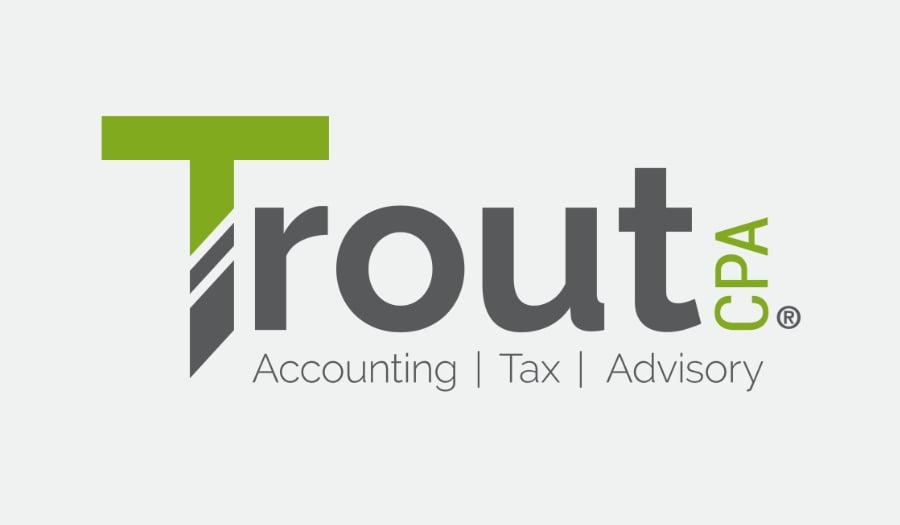Are you prepared for the final tangible property repair regulations?
In September 2013, the Internal Revenue Service issued “final” regulations which clarify rules regarding acquisitions, production, improvement, or dispositions of tangible personal property (tangible property is a tax term describing personal property that can be physically relocated, such as furniture and office equipment). The regulations are applicable for tax years beginning on or after January 1, 2014.
Who is impacted?
Every taxpayer that uses tangible personal property will be impacted by the new regulations. These rules distinguish between fixed assets versus materials and supplies, what costs must be capitalized when acquiring tangible property, when expenditures related to the property’s operation are deductible repairs or considered capital improvements, and define the unit of property (In general, a unit of property is defined to include all components that are “functionally interdependent.” In other words, a truck and its tires would be considered a unit of property). The IRS’s goal in issuing the final regulations was to reduce controversies with taxpayers by moving away from a facts and circumstances determination whenever possible.
Five Main Areas:
- Materials and Supplies
- Repairs and maintenance
- Capital Expenditures
- Amounts paid for the acquisition or production of tangible property
- Amounts paid for the improvement of tangible property
Materials and supplies are tangible property used or consumed in business operations that are not inventory, with an economic useful life of 12 months or less. If the tangible property qualifies as materials or supplies, the taxpayer receives a current deduction when the item is used or consumed in the year acquired. Historically, many taxpayers deducted such items in the year purchased.
Prior “temporary” guidance advised that currently deductible repair and maintenance expenses were those incurred for the purpose of keeping the property in operating condition over the useful life for which it was acquired. Capital expenditures were for replacements, alterations, improvements, or additions that would increase the property’s value, change its purpose, or prolong its life substantially.
Do you have a written capitalization policy?
The regulations provide an election to substitute a taxpayer’s capitalization threshold (items expensed if they are under a certain dollar amount) in certain circumstances for the $200 limit under the de minimis rules. The de minimis election is made annually, and the threshold maximum amount depends upon whether the taxpayer has a capitalization policy in place at the beginning of the year and whether the taxpayer has an applicable financial statement (a financial statement audited or provided to certain regulatory agencies). If a taxpayer has an applicable financial statement, the maximum threshold is $5,000; if the taxpayer does not, the threshold cannot exceed $500. There is also a safe harbor on buildings that cost 1 million or less to deduct up to $10,000 of maintenance costs (costs the taxpayer is expecting to incur more than once in a 10 year period) or, if less, two percent of the buildings adjusted basis. For equipment, maintenance costs (costs the taxpayer expects to incur more than once in the properties class life) can be expensed.
The final regulations state that the expenditure must be capitalized if it results in a betterment to the unit of property, adapts the property to a new or different use, or results in a restoration of the unit of property (referred to as the BAR tests). If you are performing regularly scheduled maintenance, repairs, or restoring the property to make it operational, then such an expenditure will most likely be considered a currently deductible repair. Anything else, such as trying to increase the longevity, utility, purpose, or worth of the property would be considered a capital expenditure by the IRS.
How we can help?
The regulations could cause many changes, but there are also potential benefits. Taxpayers can go back and fix prior year mistakes which can lead to favorable deductions for the taxpayer on their current year return. Because of the complexity of this area please contact us with any questions you may have. We can help you assess the impacts these regulations have on your business.


